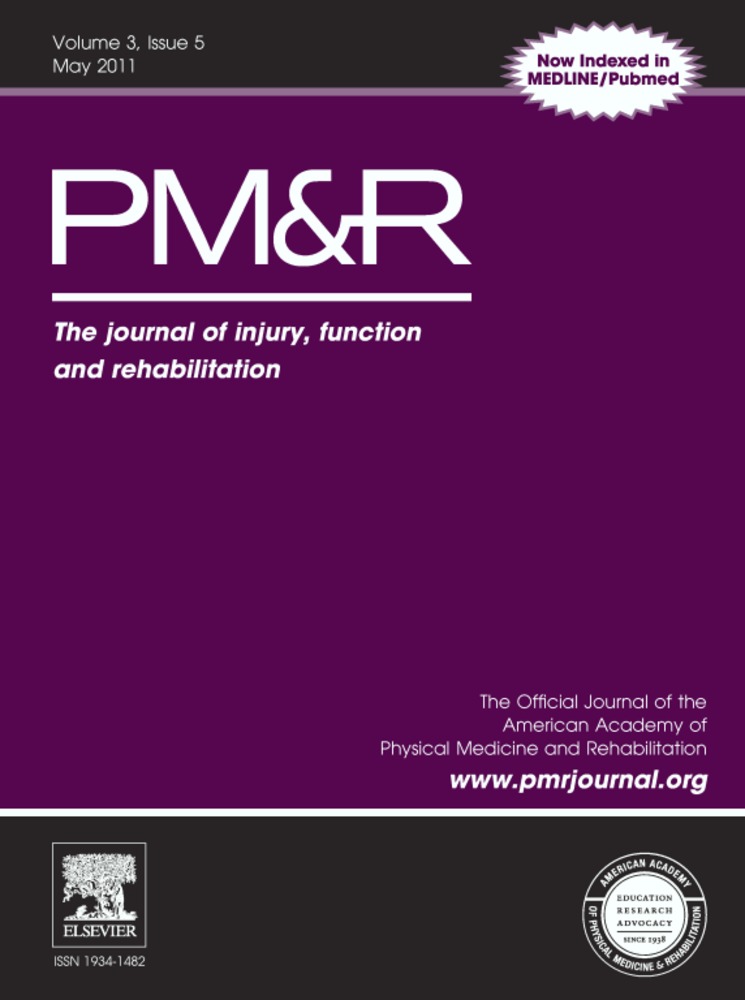Electrophysiological Dysfunction in the Peripheral Nervous System Following Spinal Cord Injury
Abstract
Objective
To evaluate peripheral nervous system function after chronic spinal cord injury (SCI).
Design
Case series.
Setting
Academic medical center.
Participants
Sixteen subjects (13 men, 3 women) with complete thoracic or cervical level SCI of 3-32 years' duration since injury.
Methods
Clinical electrophysiology of the lower extremities.
Main Outcome Measurements
Compound motor action potentials (CMAP), sensory nerve action potentials, repetitive nerve stimulation, concentric needle electromyography (EMG), stimulated single-fiber EMG.
Results
Subject ages ranged from 20 to 71 years with a mean (SD) of 42 ± 15 years. The average time since injury was 11 ± 8 years (range, 3-32 years). Sural sensory nerve action potentials were elicited in only 4 of 16 subjects (25%), and peroneal CMAPs were elicited in 7 of 16 subjects (44%). All of the subjects had spontaneous activity (fibrillation and/or sharp potentials) in at least 1 of 4 tested muscles. Eighty-one percent of subjects demonstrated spontaneous activity in 3 of the 4 tested muscles. Peroneal motor repetitive nerve stimulation was within normal limits for 7 subjects but could not be performed in the other 9 subjects because of the absence of CMAPs. Stimulated single-fiber EMG was elicited in the tibialis anterior, extensor digitorum brevis, vastus lateralis, or vastus medialis muscles of 8 of 16 subjects.
Conclusions
The high prevalence of spontaneous activity demonstrates that denervation of the skeletal muscles served by motor neurons below the level of the lesion occurs in individuals with chronic complete SCI. The electrophysiological testing revealed the striking absence of sensory and motor nerve conduction and aberrant neuromuscular junction transmission. It is important to understand the mechanisms that underlie the profound reduction of the functional integrity of the peripheral nervous system to maximize the restoration of movement, particularly should descending neural control be reestablished by a future therapy.




